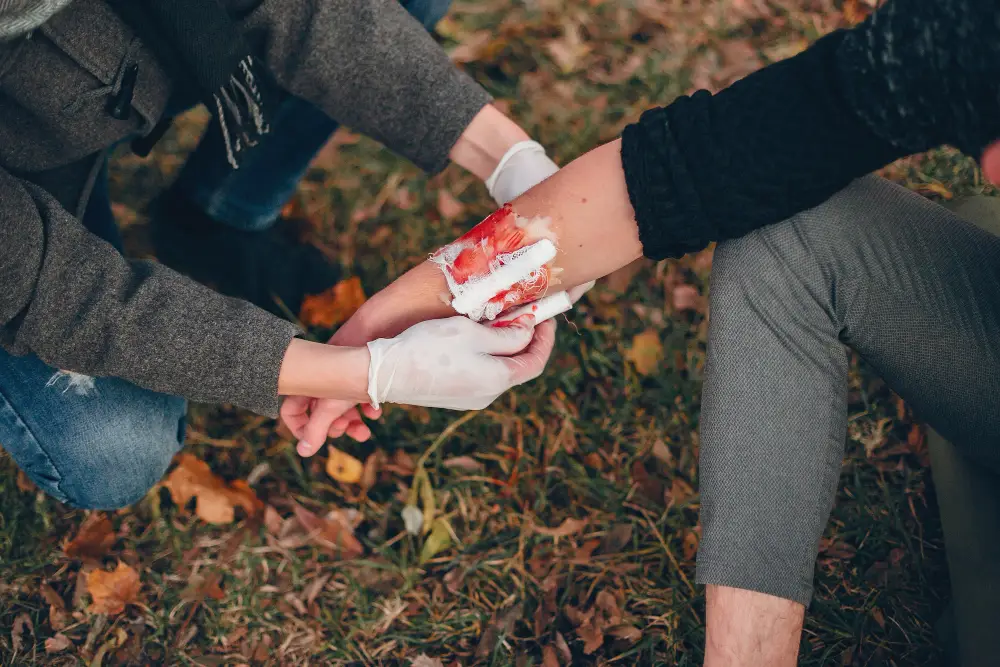Burn injuries are among the most painful and traumatic experiences a person can endure. These injuries can result from various accidents and incidents, leaving victims with physical and emotional scars that may last a lifetime. Understanding the causes, treatment options, and potential compensation rights is crucial for anyone who has suffered a burn injury or knows someone who has.
The Severity of Burn Injuries
Burn injuries are classified into four degrees based on their severity:
- First-Degree Burns:
- These burns affect only the outer layer of skin (epidermis) and cause redness, pain, and minor swelling.
- They typically heal within a week without scarring.
- Sunburns are a common example of first-degree burns.
- Second-Degree Burns:
- These burns affect the epidermis and the second layer of skin (dermis), causing blisters, intense pain, redness, and swelling.
- They can take several weeks to heal and may leave scars.
- Third-Degree Burns:
- These burns destroy the epidermis and dermis, and can even damage underlying tissues, such as fat, muscle, and bone.
- The burned area may appear white, charred, or leathery, and there is often little to no pain due to nerve damage.
- Third-degree burns require immediate medical attention and often necessitate skin grafting.
- Fourth-Degree Burns:
- These are the most severe burns, extending through all layers of skin and causing extensive damage to underlying tissues, including muscles, tendons, and bones.
- They require immediate medical attention and can lead to amputation or even death.
Causes of Burn Injuries
Burn injuries can result from various sources, including:
- Thermal Burns:
- These are caused by contact with hot objects, flames, or steam.
- Common causes include house fires, cooking accidents, and workplace accidents involving hot machinery or equipment.
- Scald Burns:
- These occur when hot liquids or steam come into contact with the skin.
- Scald burns are particularly common among children and the elderly.
- Chemical Burns:
- These are caused by contact with corrosive chemicals, such as acids, alkalis, or solvents.
- Chemical burns can occur in industrial settings, laboratories, or even at home when handling cleaning products.
- Electrical Burns:
- These result from contact with electrical currents.
- Electrical burns can cause internal damage and are often more severe than they appear on the surface.
- Radiation Burns:
- These are caused by exposure to radiation, such as from X-rays or radiation therapy.
- Friction Burns:
- These occur when the skin rubs against a rough surface, causing abrasion and heat buildup.
- Friction burns are common in motorcycle accidents or falls on pavement.
Statistics on Burn Injuries
- According to the American Burn Association (ABA), approximately 486,000 people receive medical treatment for burn injuries each year in the United States.
- Around 40,000 people are hospitalized due to burn injuries annually.
- Burn injuries are a leading cause of accidental death, with an estimated 3,275 deaths occurring each year.
- The majority of burn injuries occur at home or in the workplace.
- Children and the elderly are at a higher risk of suffering burn injuries.
Treatment for Burn Injuries
The treatment for burn injuries varies depending on the severity and type of burn. Treatment options may include:
- First Aid:
- For minor burns, immediate first aid can help reduce pain and swelling.
- This may include running cool water over the burn, applying a cool compress, and taking over-the-counter pain medication.
- Medications:
- Pain medications, antibiotics, and topical creams may be prescribed to manage pain, prevent infection, and promote healing.
- Wound Care:
- Regular cleaning and dressing of the burn wound are essential to prevent infection and promote healing.
- Skin Grafting:
- For severe burns, skin grafting may be necessary to replace damaged skin.
- This involves taking healthy skin from another part of the body and transplanting it to the burned area.
- Surgery:
- In some cases, surgery may be required to release scar tissue, improve function, or enhance cosmetic appearance.
- Rehabilitation:
- Physical and occupational therapy may be necessary to help burn victims regain strength, mobility, and independence.
Compensation for Burn Injuries
If you have suffered a burn injury due to someone else’s negligence, you may be entitled to compensation for your medical expenses, lost wages, pain and suffering, and other damages.
To pursue a personal injury claim, you will need to prove that:
- The other party owed you a duty of care.
- The other party breached that duty of care.
- The breach of duty caused your burn injury.
- You suffered damages as a result of the burn injury.
An experienced personal injury attorney can help you navigate the legal process and fight for the compensation you deserve.
Burn injuries can have a profound impact on a person’s life, affecting their physical, emotional, and financial well-being. Understanding the causes, treatment options, and your legal rights is essential if you or a loved one has suffered a burn injury.
Remember, you are not alone. If you have been injured due to someone else’s negligence, legal help is available. Contact an experienced personal injury attorney today to discuss your case and learn how they can help you seek justice and compensation.





